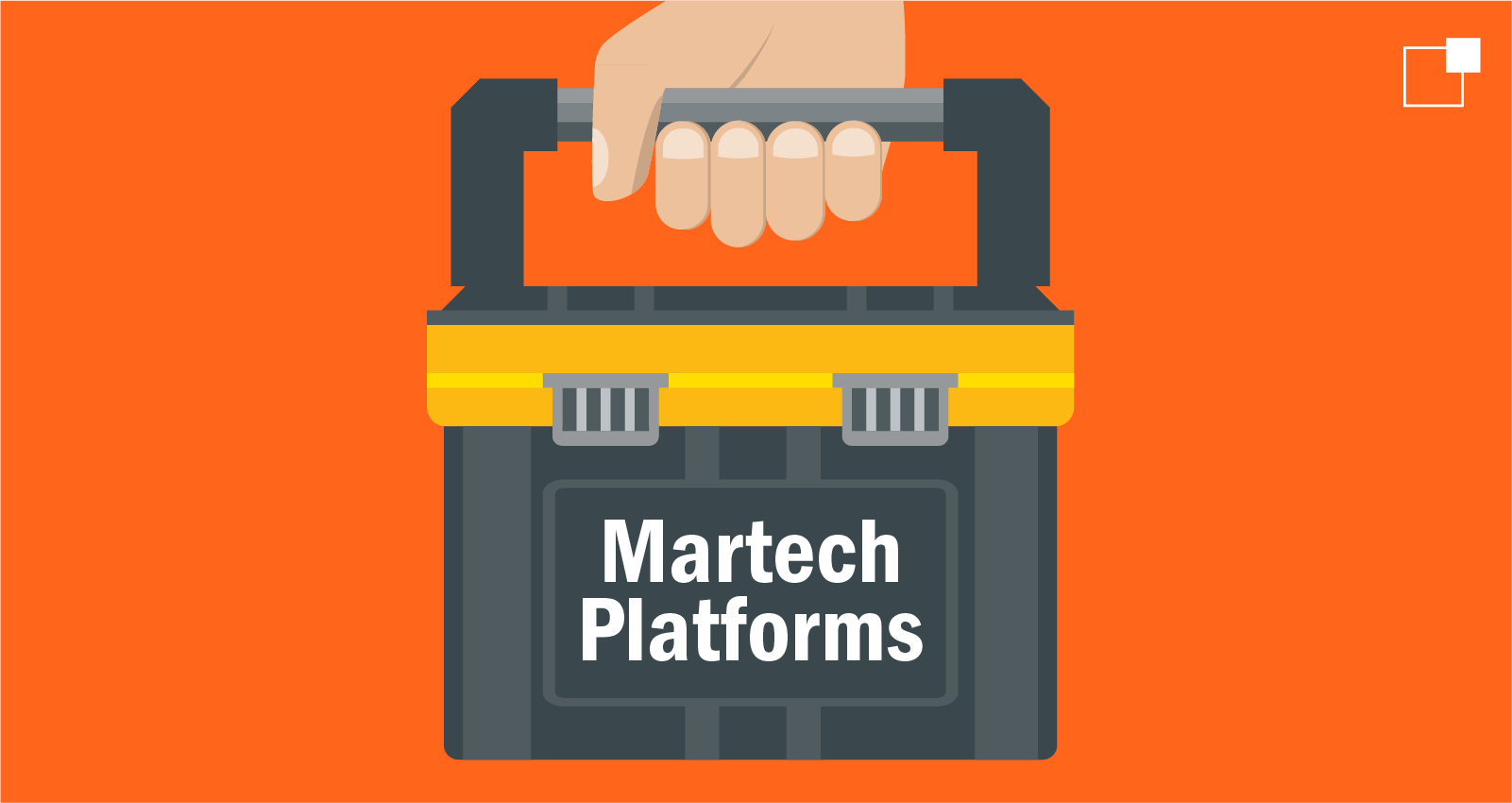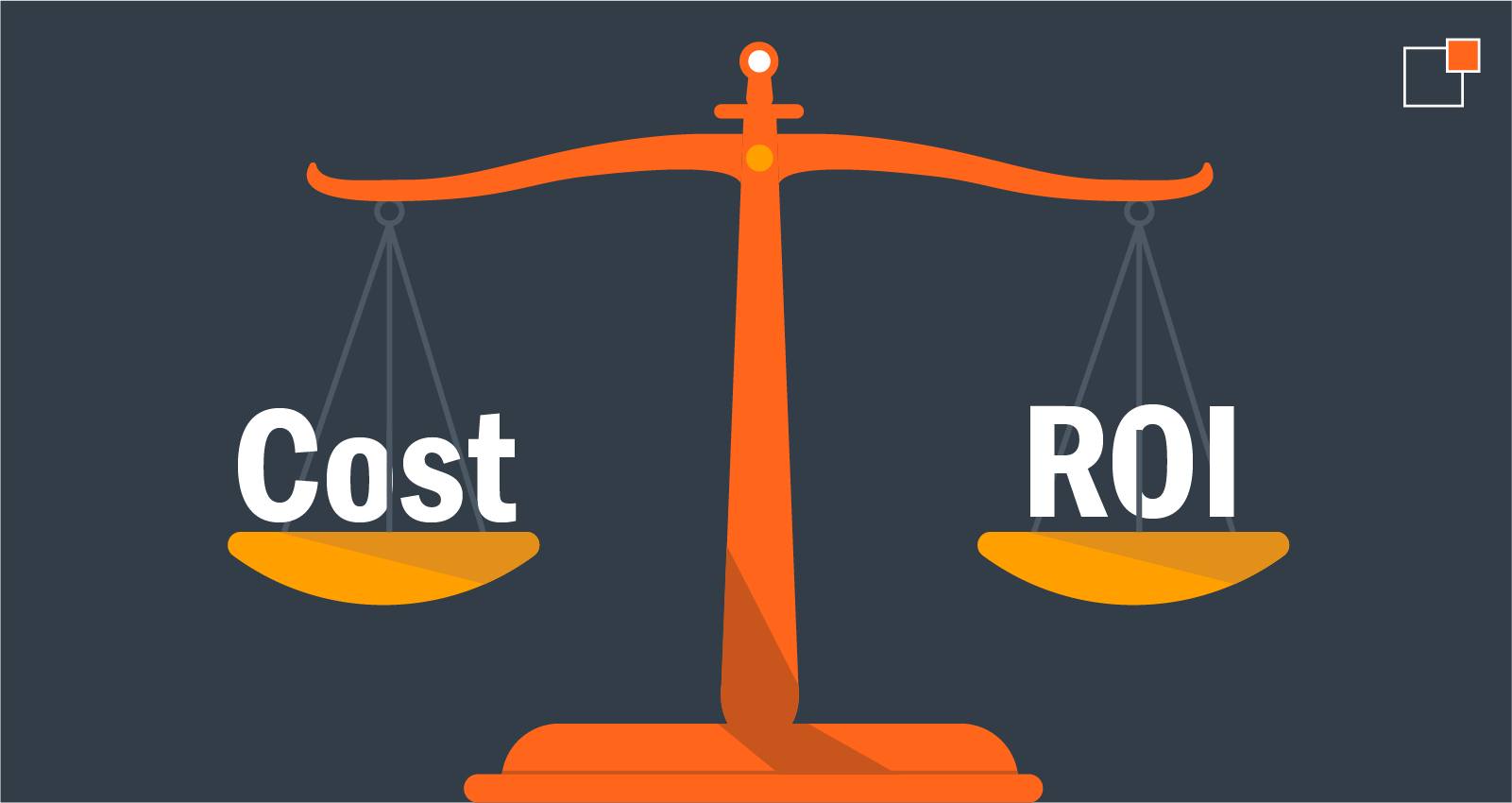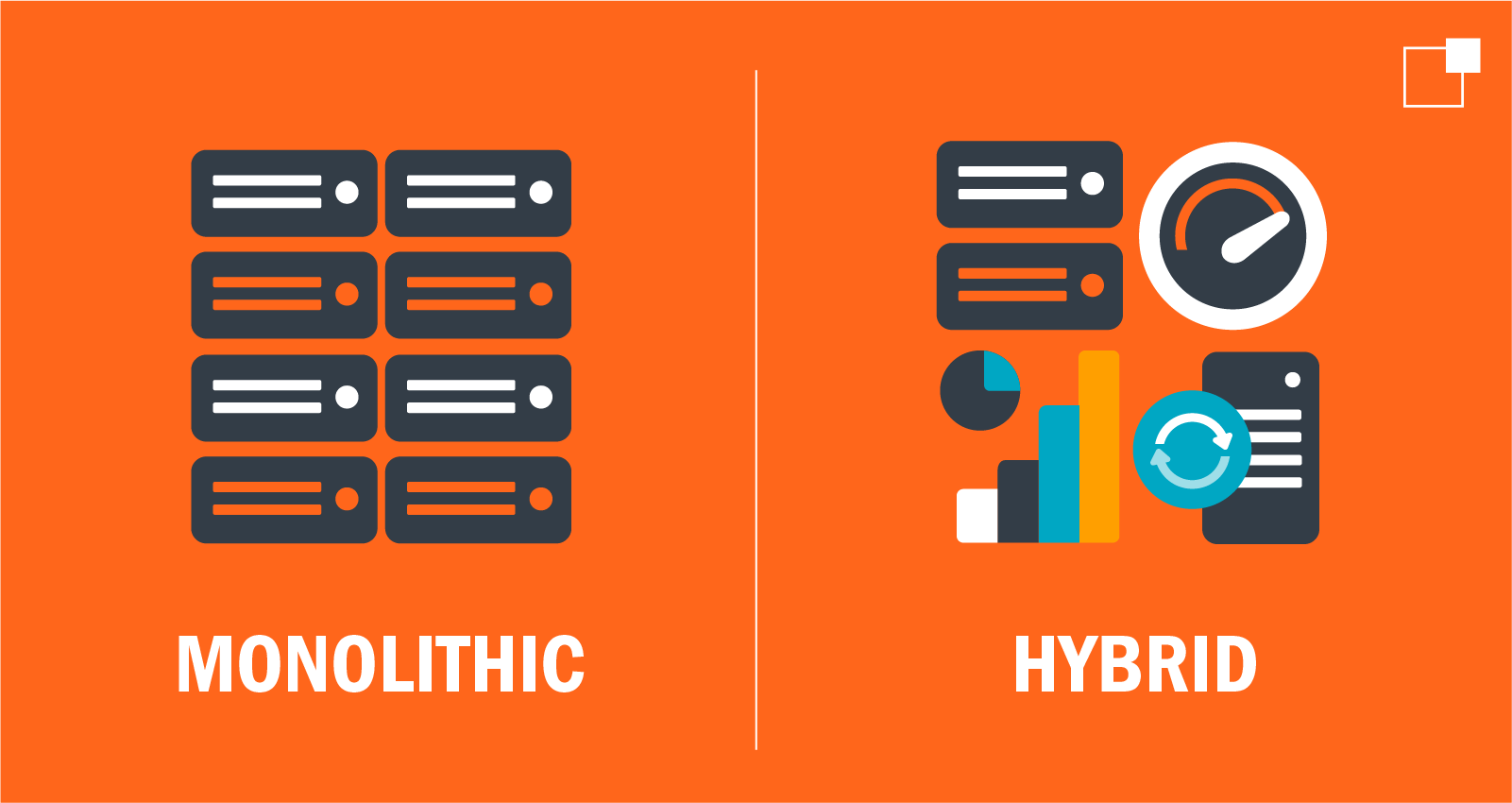Simplify your marketing strategy with tech stacks
Exploring the power of tech stacks
Technology no longer exists as a luxury; seamless and flexible integration has become a necessity for many everyday functions. It has evolved into a powerful tool we've already seen transform brands, but it'll supercharge your marketing strategy when harnessed effectively.
The nature of the martech landscape is infinitely entrepreneurial. There are thousands of different vendors and platforms to choose from. But while it’s great to have options, this can make it difficult and time-consuming for marketers like yourself to build and maintain a tech stack that meets your business’s growing needs.
Fortunately, a new breed of composable marketing has entered the chat; these revolutionary platforms make building a stack perfectly tailored to your unique needs easier than ever.
What is a Marketing Tech Stack?
As a working definition, a marketing technology (martech) stack is a collection of software tools and platforms marketers use to plan, execute and measure various marketing campaigns. Think of it this way – just like a smart TV allows you to watch “Stranger Things” on Netflix and “Succession” on HBO Max, a marketing technology stack enables you to use different marketing tools together.
For example, a typical marketing technology stack might include a customer relationship management (CRM) system, an email marketing platform and a social media management tool. Integrating a tech stack into your business helps streamline operations, enhance efficiency and empower your brand to execute successful marketing strategies.

Crafting Winning Marketing Campaigns
Tech stacks are crucial to a company’s digital footprint, particularly for the marketing department. Their significance lies in their ability to streamline operations, enhance efficiency and empower companies like yours to execute successful marketing strategies.
Now, let’s expand our streaming analogy a bit. Customizing your martech stack is like customizing your home screen on YouTube TV or Netflix. Users tailor their streaming preferences to match their viewing habits, just as marketers tailor their tech stacks to align with their brand’s operations.
The ability to customize a tech stack to fit your brand’s specific needs creates better integration and enables convenient data sharing across teams.

But the benefits don’t stop there; an effectively constructed tech stack solution empowers you with the following:
Operational and cost efficiencies: Utilizing diverse tools and systems minimizes manual tasks to streamline workflows, boost productivity and eliminate the need for multiple stand-alone solutions, resulting in significant cost savings.
Improved data management: Centralizing data collection, storage and analysis eliminates silos, enabling more informed decisions and targeted marketing messages.
Scalability and adaptability: A well-designed tech stack evolves with a growing company, accommodating new tools or technologies without disrupting existing processes.
Personalized customer experiences: Leveraging data insights through martech stacks customized for your organization’s needs makes it easier to deliver personalized customer experiences.
Aligning your tech stack with Conway’s Law
Much like Netflix’s algorithm affects a show’s success, Conway’s Law implies that the communication and interaction patterns of the creators influence a software system’s architecture, design and structure. How various software tools, resources and systems integrate into a tech stack can sometimes reflect how the teams within an organization communicate and collaborate. What does this mean for your business? It means streamlined operations by tailoring a tech stack to fit your company’s needs, leading to efficient workflows and improved ROIs through better integration and efficient data sharing across teams.
Assessing cost and ROI metrics for platform selection
Evaluating cost and ROI metrics is essential before selecting any platform for your marketing tech stack. It’s like weighing the pros and cons of subscribing to both Netflix and Hulu; you need to connect KPIs to complete the ROI narrative on the selected platforms.
In addition, don’t forget to evaluate how easily you can find quality partners to help you configure, develop and support your initiatives.
Connecting specific KPIs, such as customer acquisition costs, conversion rates, customer lifetime value and ROI, to the platform you choose for your organization can help you assess its overall impact on revenue generation.

Strategy behind selecting the right tech tools
Selecting the right tech stack is like choosing between cable TV or a streaming service. Monolithic tech stacks are like traditional cable providers in the sense that they offer a comprehensive suite of tools and applications built within a single system. However, we’ve all been through the headache of cable limiting our content options.
Like cable's fixed set of channels, monolithic platforms can present the downside of limited customization and flexibility for marketing, while restricting pricing control for features that may be underutilized. Based on how your marketing team operates, you may take the risk of lowering ROI.
Hybrid tech stacks are more like the streaming platforms we use today. Hybrid platforms offer you the ability to curate collections of tools, apps and software options tailored to specific marketing functions. This tech stack option may require more effort up-front to customize your brand’s perfect set of marketing tools. Yet, in the long run, it will be easier for your company to adapt as you grow, change with industry trends and integrate new tools as your customers evolve.

Striking a balance
Formulating your brand’s ideal tech stack is now easier than ever, thanks to its completely composable nature. Composability in tech stacks focuses on the idea that by using “best of” solutions for specific functions, marketers can handpick and integrate tools that can be combined in your tech stack to create a better-connected system.
But what is most important is achieving true harmony with a tech stack. Whether you choose a monolithic or hybrid tech stack, it should depend on your company’s needs. To find the perfect balance, marketers must look toward the future with a composable tech stack solution that aligns with their needs, offers flexibility and is easy to integrate with their existing infrastructure. In some cases, companies may benefit from the convenience of a monolithic tech stack if their business needs are not dependent on responsiveness to market trends.
Responding to marketing technology changes
“If you want to go quickly, go alone. If you want to go far, go together”.
This ageless proverb sums up the old monolithic value proposition versus what is now the realized benefits of employing role-playing hybrid platforms within your marketing stack. While it is true that you can set up a monolithic platform faster, this may not be the fix-all remedy.
It may seem like a quick solution to employ all your marketing technology under one platform, but many features often perform better or worse than others. The pieces and parts of the platform that work worse than others can make your company suffer diminishing sales or lack of investment, ultimately leading to a slowdown and failure to respond to market trends.
A role-playing hybrid approach can lead to faster innovations and release cycles on the platform and results side. When a platform’s scope and range are narrowly defined and serve a purpose, the overall strategy can more quickly cycle through iterations and new releases that matter most to the marketer and its role in the tech stack. These open-ended platforms can respond to market trends seamlessly across several digital channels without the monolithic features that are unable to adapt and go unused.

As this new era of composable marketing technology emerges, marketers have the power to craft custom tech stacks tailored to suit their business needs now and in the future. Much like streaming platforms that allow you to select specific channels and content, composable marketing technology enables marketers to choose the best tools and platforms to contribute directly to their success.
Ready to elevate your marketing strategy with a martech stack tailored to your business’s needs? Contact our team today and let’s make the magic happen!
